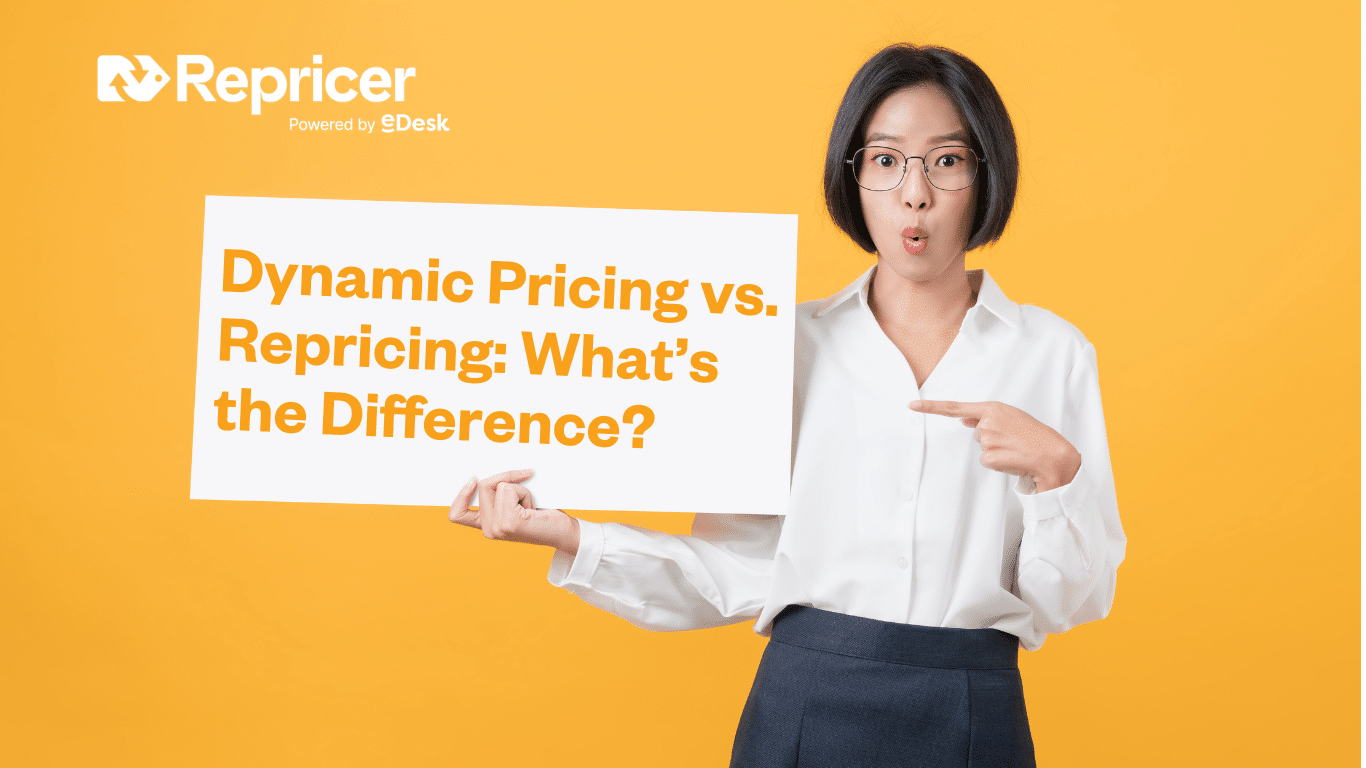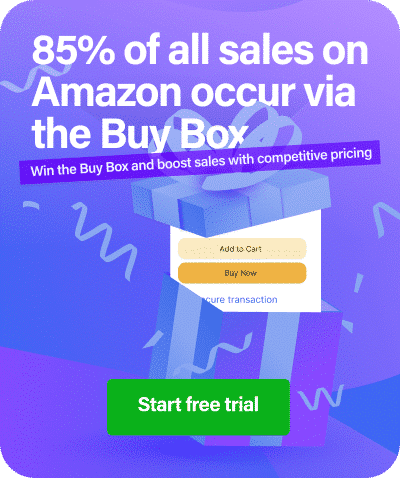In the eCommerce industry, it’s a well-known fact that pricing strategies can make or break a business. Two commonly used approaches to pricing are dynamic pricing and repricing, both of which help sellers stay competitive and maximize profits. While they may seem similar, they serve different purposes and operate in distinct ways. Let’s break down the differences and how each strategy can benefit your business.
What Is Dynamic Pricing?
Dynamic pricing is a strategy where prices fluctuate based on various factors such as demand, competitor pricing, time of day, and market trends. This method is widely used by major retailers like Amazon, airlines, and ride-sharing services to optimize revenue and maximize sales.
Key Characteristics of Dynamic Pricing:
- Prices adjust in real-time or at scheduled intervals based on predefined rules.
- Algorithms consider factors such as supply and demand, competitor behavior, and customer data.
- Can be used to capitalize on peak demand and increase profit margins.
- Often relies on artificial intelligence (AI) and machine learning to make pricing decisions.
Who Benefits from Dynamic Pricing?
- Retailers and eCommerce businesses looking to optimize pricing based on market conditions.
- Hospitality and travel industries that experience fluctuating demand.
- Service providers like ride-sharing and food delivery platforms.
What Is Repricing?
Repricing, on the other hand, is a strategy focused specifically on adjusting product prices in response to competitor movements. The primary goal is to remain competitive in the marketplace by ensuring your prices are in line with, or better than, competitors’ prices.
Key Characteristics of Repricing:
- Prices are adjusted based on competitor activity rather than broader market trends.
- Can be automated using repricing tools that track competitor prices and adjust accordingly.
- Helps sellers maintain the Buy Box on platforms like Amazon.
- Typically used by eCommerce businesses, third-party sellers, and marketplace vendors.
Who Benefits from Repricing?
- Amazon and eBay sellers who compete in high-volume marketplaces.
- Retailers in competitive niches where small price differences can impact sales.
- Businesses aiming to increase sales volume rather than maximizing profit margins.
Dynamic Pricing vs. Repricing: A Side-by-Side Comparison
| Feature | Dynamic Pricing | Repricing |
| Purpose | Maximizes revenue by adjusting to demand and market conditions | Keeps prices competitive relative to competitors |
| Triggers for Price Change | Demand, competitor prices, time of day, customer behavior | Competitor price changes |
| Technology Used | AI, machine learning, and market analytics | Competitor price tracking and automation tools |
| Best For | Large retailers, travel, ride-sharing, and service-based industries | Online sellers in competitive marketplaces |
Which Pricing Strategy Should You Use?
The choice between dynamic pricing and repricing depends on your business model and goals:
- If you want to maximize profits based on demand and market trends, dynamic pricing is the way to go.
- If your priority is to stay competitive in an online marketplace, repricing will help you adjust prices in real time against competitors.
Some businesses even use both strategies together, leveraging dynamic pricing for broader market trends while using repricing to maintain competitiveness in specific product categories.
How Repricer.com Can Help
For businesses looking to implement effective repricing strategies, Repricer.com offers a comprehensive solution. It uses powerful automation to ensure your prices remain attractive, increase Buy Box wins, and drive sales without constant manual adjustments. With proven performance, Repricer.com boosts sales and helps businesses thrive in competitive marketplaces. The statistics speak for themselves:
- A case study analyzing over 300 Amazon sellers using Repricer.com over a 30-week period found that sellers experienced an average increase of 143% in weekly sales.
- During the 2022 holiday season, Repricer.com clients saw a 53% increase in sales compared to the previous year, highlighting the tool’s effectiveness during peak shopping periods.
Understanding the difference between dynamic pricing and repricing is crucial for any eCommerce business aiming to stay ahead. Whether you prioritize profit optimization or marketplace competitiveness, having the right pricing strategy in place can make a significant impact on your success.
Looking for an advanced repricing solution? Check out Repricer.com to automate your pricing strategy and stay ahead of the competition! Start your free trial today.





